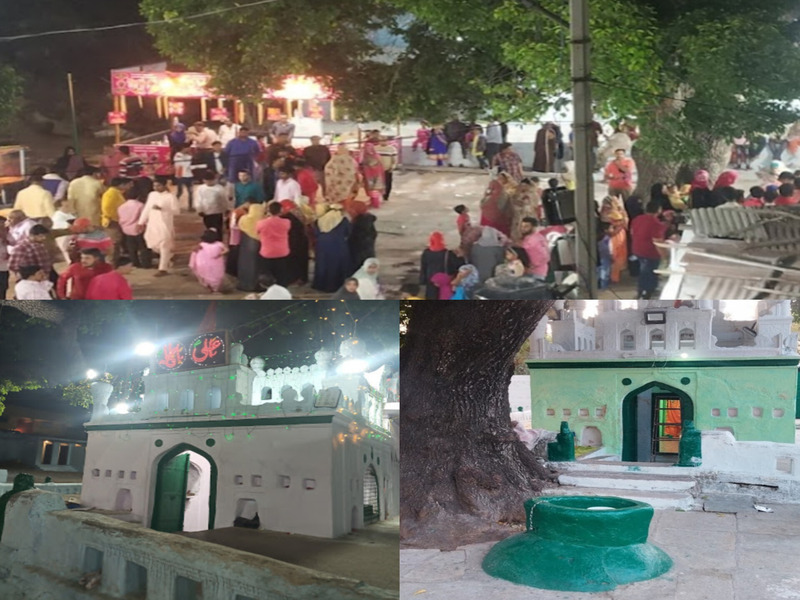Tucked away in the bustling lanes of Hyderabad, Bibi-Ka-Chashma is a serene oasis and ancient marvel with roots tracing back to the Qutb Shahi dynasty. This natural spring, once revered for its healing waters, remains a peaceful heritage spot, offering visitors a quiet glimpse into Hyderabad’s rich history.
Perched atop a hill over 2,000 feet above sea level, the magnificent Taj Falaknuma Palace in Hyderabad captures the majesty of its era, offering a breathtaking panorama of the city below. This former residence of the Nizams, now renovated and preserved as a luxury hotel by the charitable TATA Group, stands as a beacon of opulence, with stunning architecture and a regal aura. Looking down from Falaknuma’s elevated vantage point, Hyderabad’s vibrant urban landscape appears serene.
By day, the city’s 400-year-old history unfolds gracefully across the palace’s sprawling hilltop courtyards. By night, Hyderabad sparkles like a million stars scattered over the ground, casting a dreamy glow upon the bustling metropolis.
More than 100 years old, the magnificent Moulsari tree stands casting serene shadow over the small shrine protecting the spring waters. And the grand gates of the Taj Falaknuma Palace seen from the base of the hill where the quaint and quiet Bibi-Ka-Chashma sacred shrine stands.
Beneath the grandeur and heritage of this palace lies a hidden marvel — a quiet, natural freshwater stream winding its way through the depths of the hill. Emerging at the northwestern foothills, this stream flows toward Bibi-ka-Chashma, a modest yet sacred shrine steeped in local history. Once a green, tranquil locality, Bibi-ka-Chashma has now crowded with shacks and shops, but it retains whispers of its former beauty, with old banyan trees standing stoic, their roots entwined with the legacy of centuries past.
“Falaknuma” in Urdu translates to “mirror of the sky”, reflecting its majestic positioning as a “heaven-like” structure. Its architectural sibling, Jahan Numa (now defunct), meaning “world-like”, was named in contrast when Hyderabad came into existence. The Falaknuma hill, with its distinguished past, once housed a serene retreat for the Qutb Shahi rulers, lost during Hyderabad’s fall to the Mughals. Sir Viqar-ul-Umra, an illustrious noble, later built the scorpion shaped Falaknuma palace that now stands as a nineteenth-century architectural marvel.
Nestled at the base of this hill, the Bibi-ka-Chashma Shrine even today exudes a quiet charm, its simplicity a gentle contrast to the grandeur of Falaknuma Palace. Encircled by a modest courtyard, the shrine’s small archways lead into a tranquil space. Highlighting the entrance is a venerable and magnificent Moulsari tree, estimated to be over a century old.
Traditionally planted outside places of worship — whether temple, mosque, or church — these trees symbolise resilience, with their seeds often used as prayer beads (rosaries) to signify strength and endurance. The shrine, slightly sunken from ground level to protect the sacred natural spring within, has been a revered sanctuary for over 400 years. Inside the shrine the spring waters can be seen through a natural rock crevice shaped as a human eye.
Covered by an iron grill and protected with carpets, the spring waters are believed to have curative powers, granting boons to many childless couples.
Its spiritual significance, entwined with nature, offers a peaceful refuge amid the city’s urban sprawl, preserving a timeless portion of Hyderabad’s diverse heritage. #hydkhabar

